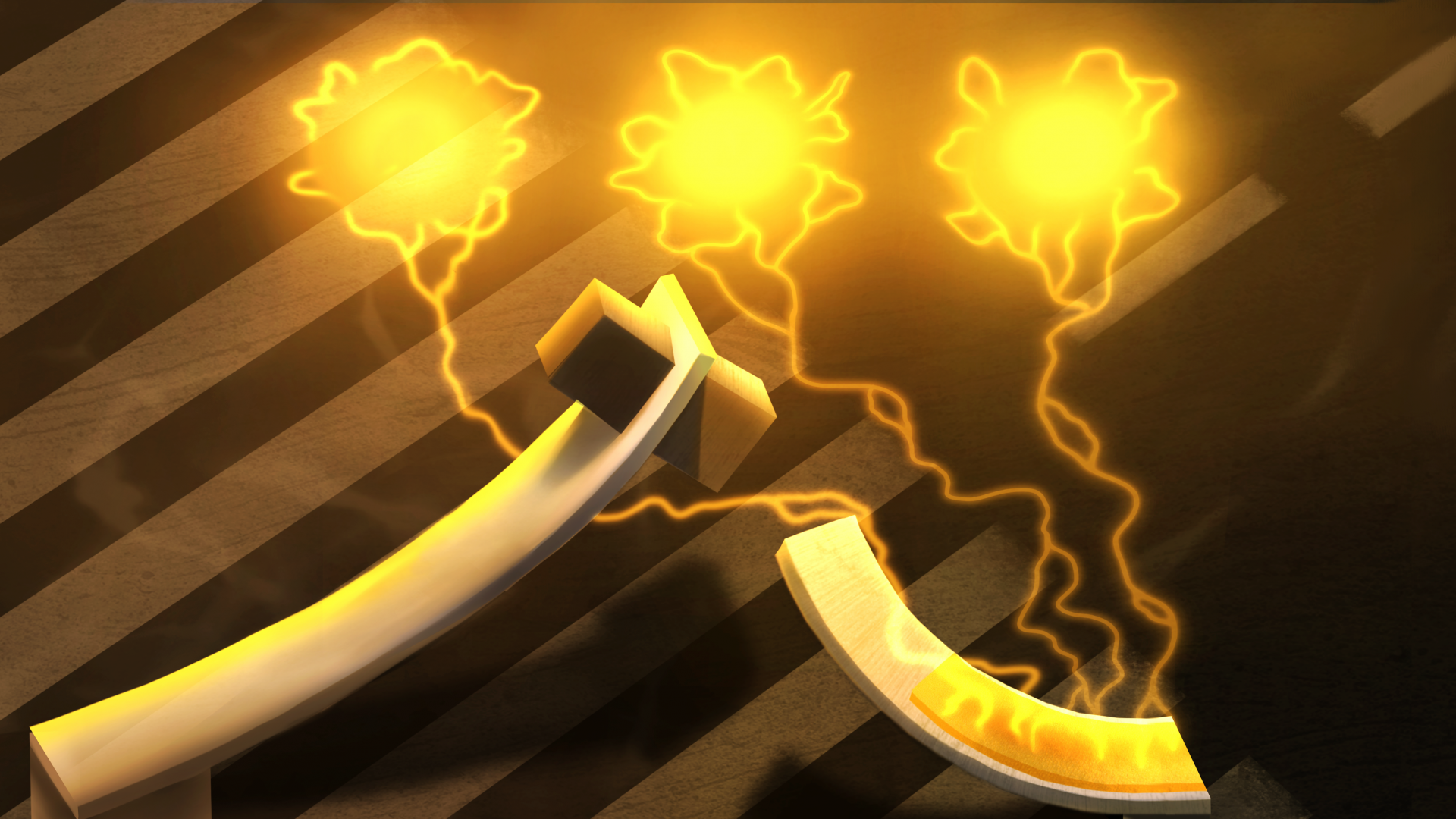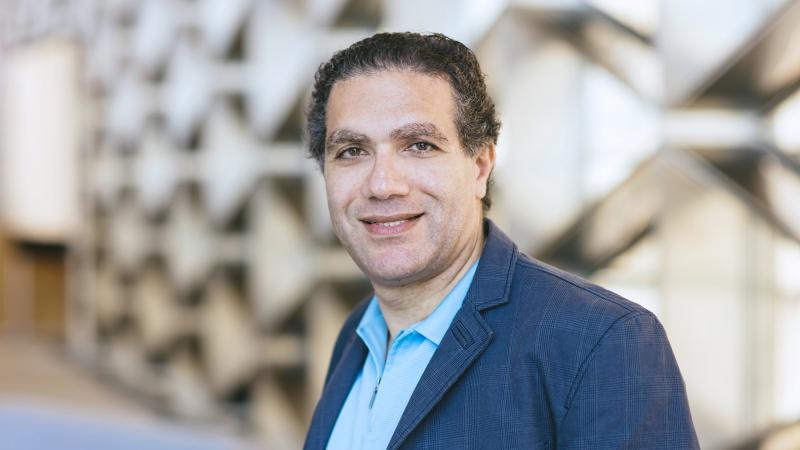By David Murphy
With the continued growth in Internet of Things applications, deployments, and devices, highly connected, sustainable smart cities are no longer mere concepts or fantastical future dreams; many are already active and are expanding apace.
To power the intricate systems behind these cities, hundreds of sensors are needed, but what happens when these sensors run out of power? A team of researchers from the KAUST Sensors Lab is currently investigating methods to maximize sensors’ energy output and create reliable energy sources to run these urban spaces of the future.
To realize this increased energy output, the team is exploring ways to harvest energy from ambient mechanical vibrations found in the environment and converting them into useable electrical power. The research group has achieved this by creating a mechanical system that captures and amplifies these vibrations, enhancing the output voltage produced to eliminate the need for traditional batteries.
Using a magnetically coupled system, the energy harvester operates at a broadband of operation and under low acceleration conditions, allowing it to capture low-frequency vibrations. The vibration of the device’s beam attracts a soft magnet, allowing it to vibrate at a higher frequency while still allowing it to work under low acceleration conditions.
“In our design, we utilized two magnetically coupled beams to help us up-convert the mechanical vibrations to higher frequency vibrations,” Esraa Fakeih, a doctoral student in the Sensors Lab explained.
“After which, we used a mechanical, piezoelectric transducer to convert the high-frequency vibrations into high-frequency electrical pulses. Frequency up-conversion—the act of converting low-frequency signals into high-frequency signals—helps the harvester convert road vibrations, earthquake vibrations, wave motions more efficiently.
“By creating this system, we not only convert mechanical vibrations to electricity, but we also amplify the output power we are getting out of it. Mechanical vibrations are always available as long as there is motion, so there is no better place to start with our energy harvesting research,” she added.
Creating a more sustainable future
Fakeih, who completed her master’s with a thesis titled “Harvesting Mechanical Vibrations Using a Magnetic Frequency Up-converter,” believes the group’s research has many real-world applications.
“I find the idea of capturing existing energy from the environment exciting and essential. Take, for example, road vibrations caused by car and pedestrian movement. Those vibrations can be harvested and converted into electrical power. With our device, this energy can be turned into a constant power source feeding the many existing traffic monitoring sensors.
“Another application is marine animal monitoring. Since underwater sensors are difficult to access, a constant power source that needs no battery changes would be extremely beneficial. For this area of applications, wave motion harvesting and its conversion into electricity could also be a viable power solution.
“Improving research in energy harvesting will help us make better use of renewable energy and reduce the need for harmful products like outdated batteries, which can only be a good thing for our environment,” she concluded.
Read the full article, Advanced Engineering Materials Cover.


